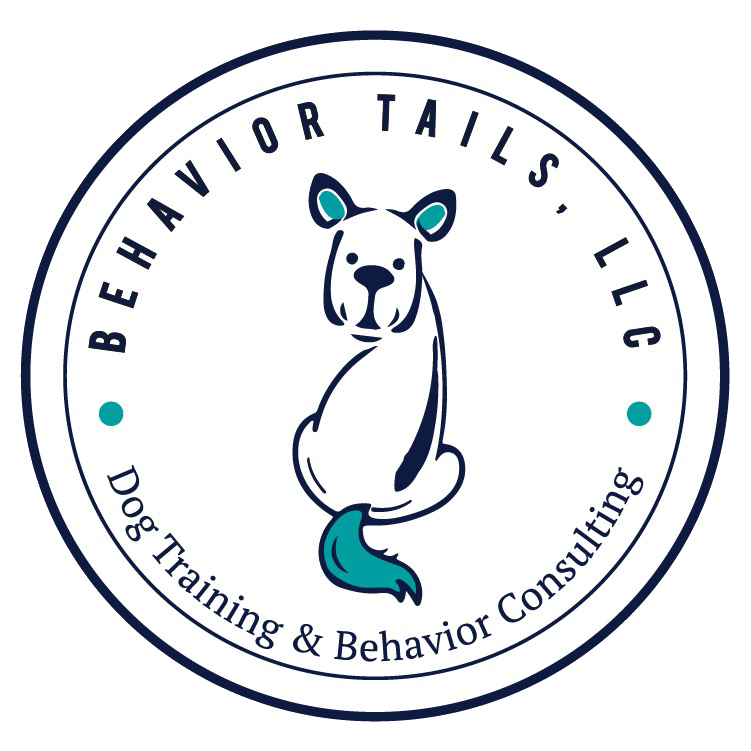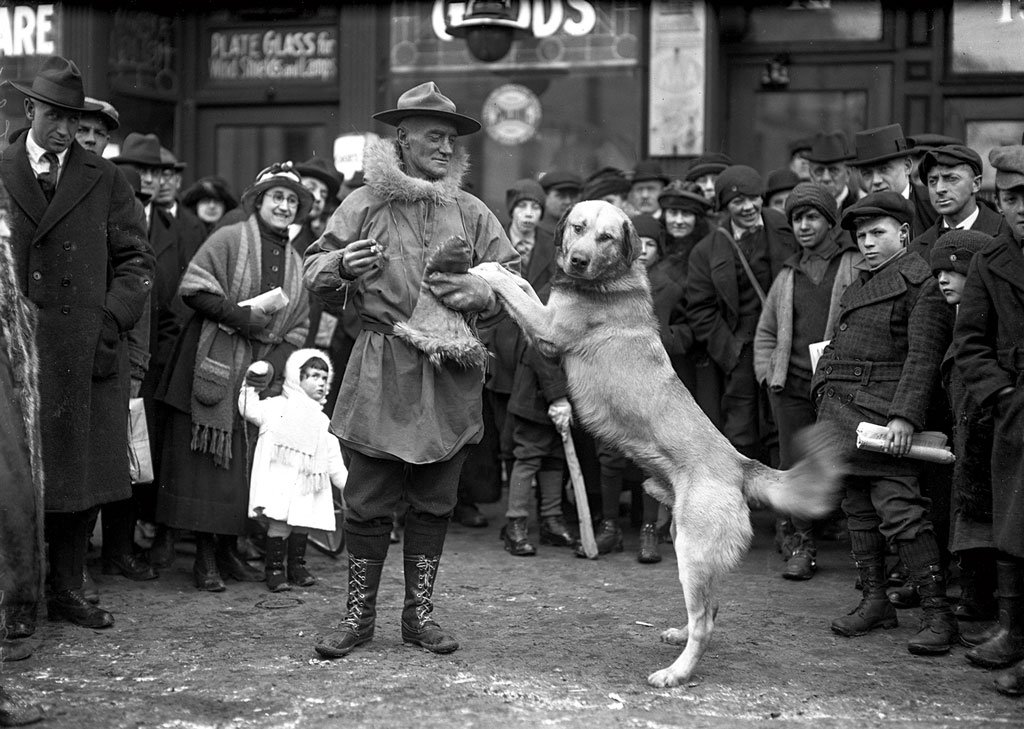The Chinook
Not to be confused with the Native American Tribe of the Pacific Northwest, these dogs are from Wonalancet, New Hampshire, making Chinooks one of the few breeds that are considered all American. Pronounced “sha nuk”, they are the state dog of New Hampshire. Chinook were developed as a breed in the early 1920s by explorer and author Arthur T. Walden, who had spent much time with the sled dogs he had come across during the Alaskan Gold Rush. While there, he had come to value the endurance and speed of the sled dogs he worked with on freighters, and wanted to create a dog that would match their power, energy and determination. In order to do this, in 1917 he chose to breed a Greenland Dog (a northern husky-type dog) to a rugged mastiff/St. Bernard mix that worked on his farm, resulting in three tawny colored puppies. The puppy who appeared to be the largest, most intelligent, and to be the best lead dog of the team was given the name "Chinook", after his favorite lead sled dog from the Yukon. This dog, Chinook, was bred to German and Belgian shepherd working dogs, and they became the founders of the AKC breed Chinook.
Arthur T. Walden with his Chinook after winning a 123-mile race in 1922.
Photo Collections of Maine Historical Society/MaineToday Media
In the 1940s, Chinook’s descendents were acquired by Perry Greene, who maintained the breed in his singular kennel, and only sold spayed females. Because of this, their numbers stayed small and by 1981, there were only 12 of them in existence. Since then, breeders have worked to grow the breed, and now there are thought to be about 800 in total, with about 100 puppies bred each year currently. They became recognized by the UKC in 1991, and by the AKC in 2001.
Photo from the AKC website
Chinooks are very stocky and muscular, with almond shaped brown or amber eyes, somewhat floppy ears, a “saber” tail, and tawny fur that can vary from shades of red to silver or fawn, with some having a black mask. As their history suggests, their coats are dense and of medium length, which is well suited to cold weather, and thus they are considered a “northern breed”. They range in height from 21 to 27 inches tall at the withers (from the bottom of their feet to the top of their shoulders), with male Chinooks weighing about 65-80 lbs, and females about 55-65 lbs. Chinooks, however, are one of the rarest of breeds recognized by the AKC, and this scarcity causes them to vary widely in size. Their substantial frame suits well the task they were bred to do - pulling heavy sleds and carts. Not only are they very strong, they are also very fast, and are often used as sled racers.
Photo from the AKC website
As far as living with them goes, Chinooks are intelligent dogs who are known to be very calm and complacent, devoted to their people and pleasing them. Unlike most northern breeds, who tend to be aloof, Chinooks prefer company and do not like being solitary. Although somewhat reserved with strangers, they love the company of other dogs, and often do not flourish in homes where they are left alone for long periods of time, becoming frustrated and destructive in these instances. While they enjoy being physical, and doing physical activities that also engage their mind, such as hiking, agility, and search-and-rescue work, their energy level is considered moderate compared to most dog breeds, and they can often be found happily lounging and playing with family members. They are said to be easy to train, and make great family pets, as well as great working dogs, and are great with children because of their calm, gentle, and playful demeanor. Also, while they are great dogs for alerting their people to intruders, they are not known to be particularly aggressive, or defensive, making them excellent watchdogs, but not protection or guard dogs.
Puppy Zephyr, an almost 5 month old Chinook in our Academy Day School
Would you consider a Chinook for your next family or working dog? Why or why not? We would love to know! We train a Chinook who is almost 5 months old, named Zepyr, who does our Positive Start Puppy Class, and attends our Academy Drop Off Day School. He is smart, silly, sweet, and loves to play with the other dogs more than anything else. You might see him around, as he will be doing Introduction to Nosework in September, and his mom plans to keep him in training.





